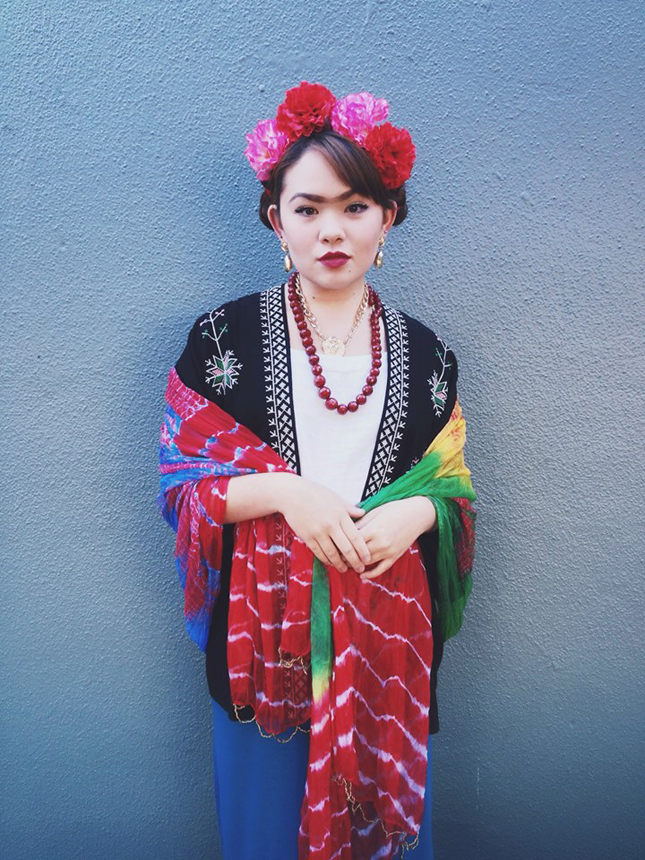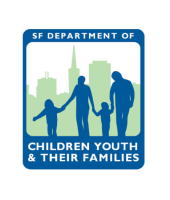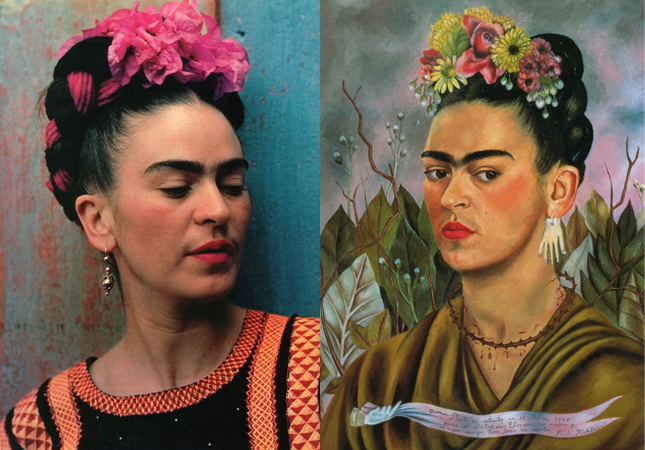
Featured this week in my “Female Artists” miniseries is Frida Kahlo. You might know her as (most notably) a Mexican painter, queen of the unibrow, or even “that person Salma Hayek played in that one movie.” But aside from her ingenious artistic style and famous facial hair, Freda also boasted an impeccable fashion sense throughout her lifetime, which highlighted both her openness with personal physical struggles and her proud Latin heritage.
Featured this week in my “Female Artists” miniseries is Frida Kahlo. You might know her as (most notably) a Mexican painter, queen of the unibrow, or even “that person Salma Hayek played in that one movie.” But aside from her ingenious artistic style and famous facial hair, Freda also boasted an impeccable fashion sense throughout her lifetime, which highlighted both her openness with personal physical struggles and her proud Latin heritage.
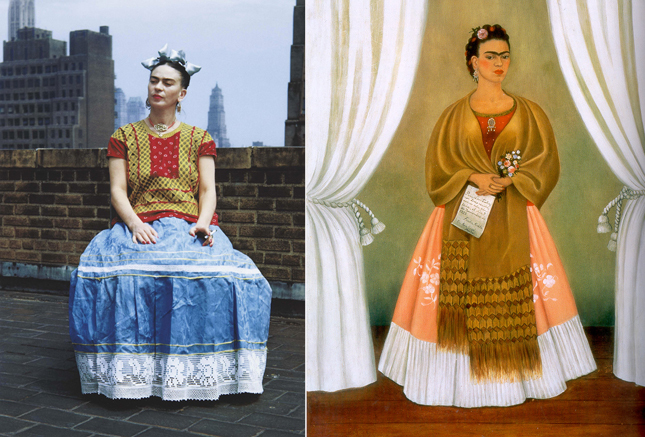
When you look at the artist’s tumultuous life as a whole, it’s hard not to admire Frida’s way of channeling suffering into strength-filled art pieces and her consistent progressiveness during a time of rigid conventions.
Though Freda’s iconic aesthetic––full of bold colors, large headpieces, florals and embroidered garments––evokes feelings of sunshine and happiness, the innovator’s life was anything but picturesque. At 18, she was involved in a painful bus collision that left her with several broken bones and in a full body cast for months. To cope, she took up painting––a pastime that would later spark her legendary career as an artist. Just as her surrealist artwork paralleled certain events in her own life, Frida’s fashion choices also held deeper meanings. The flowy peasant skirts she donned covered up her legs––ravaged by a previous bout of polio and the bus accident, while Frida’s loose tops concealed the tight corsets she wore to correct back pain.
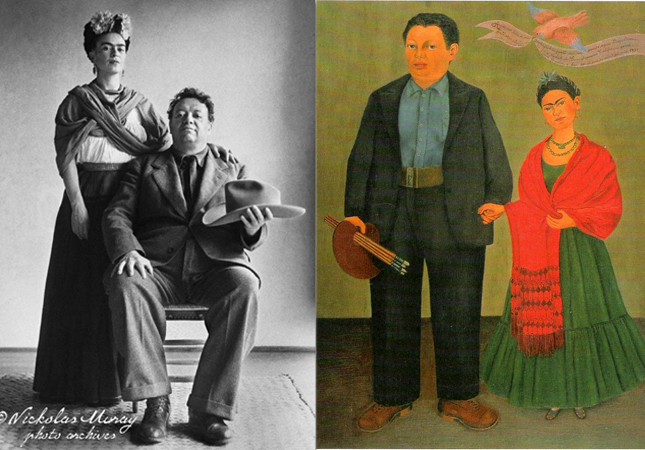
As an artist and sartorialist, Frida was constantly ahead of her time. While other Mexican creatives became influenced by European culture, Freda stayed true to her roots and embraced the indigenous heritage of her country. Additionally progressive was her whirlwind and on-and-off-again marriage to fellow painter Diego Rivera. Though they cultivated a successful creative work environment together, the two had a volatile romance filled with affairs and heartbreak. Frida embraced her bisexuality during these flings and wooed other culture mavens like famed singer Josephine Baker (Think her iconic head-to-toe banana look).
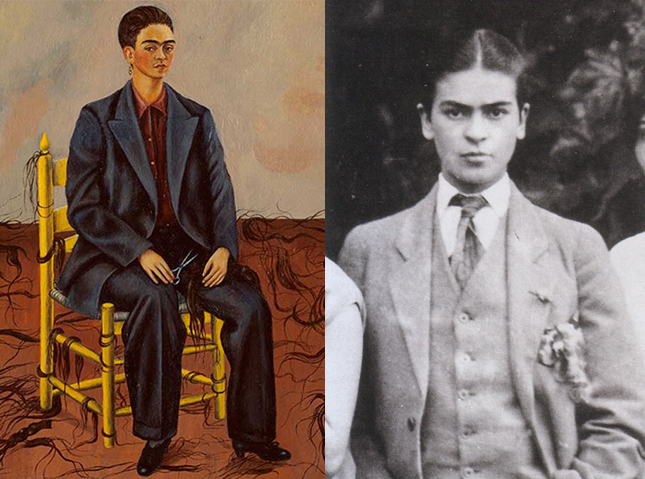
In addition, her style often mirrored her experimentations with gender and sexuality. Though her everyday getups were undeniably feminine––with her long flowy locks, red lips and abundance of dangly jewelry––Frida dabbled in androgyny, posing in a two piece suit for family portraits and in one of her pieces, “Self-Portrait with Cropped Hair,” which chronicled her messy divorce from Rivera.
Though the painter dealt with increasing health problems and a drug addiction in her later years, her legacy as an influential Neomexicanismo artist and inspirational innovator lives on posthumously through her work, which continues to be displayed in museums and galleries all across the globe.
Find out how to get Frida’s timeless look for less down below.

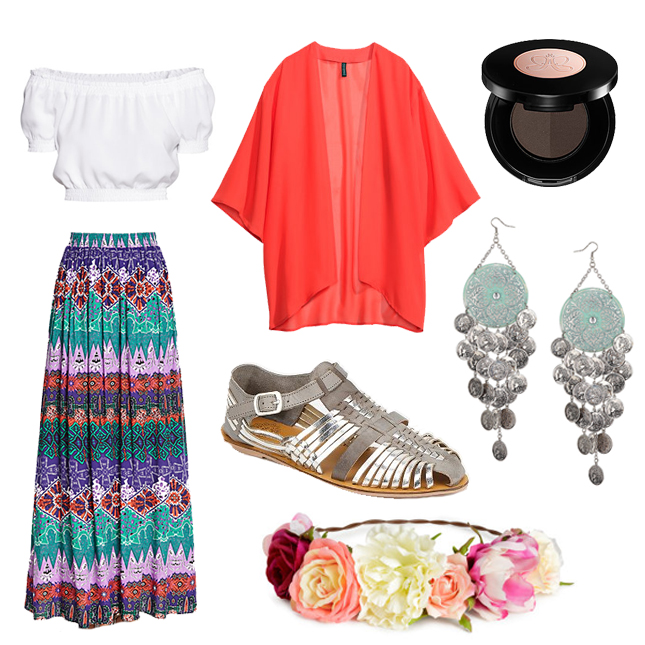
Left to Right: H&M ($18), H&M ($15), Sephora ($23), Forever 21 ($28), Urban Outfitters($30), Topshop ($28), H&M ($15)
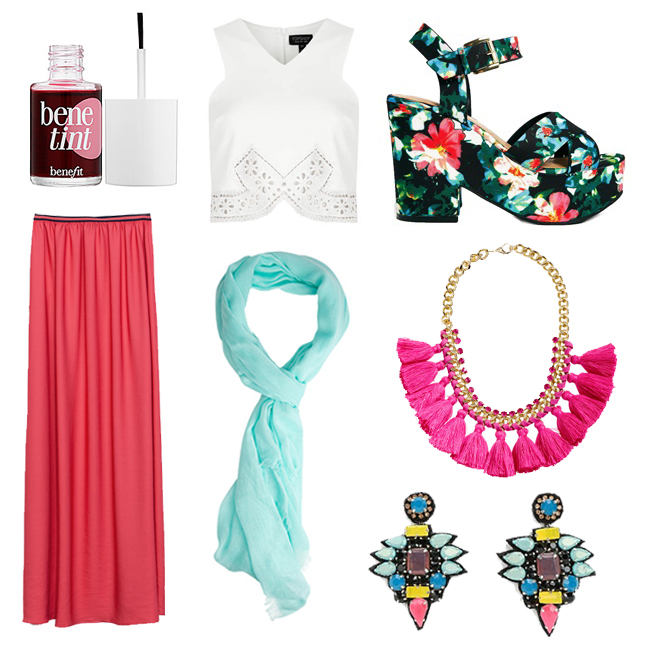
Left to Right: Sephora ($30), Topshop ($52), ASOS ($113), Zara ($50), Forever 21 ($6),H&M ($18), Urban Outfitters ($105)
BONUS CONTENT: Me attempting to live up to Frida’s fabulousness last Halloween
